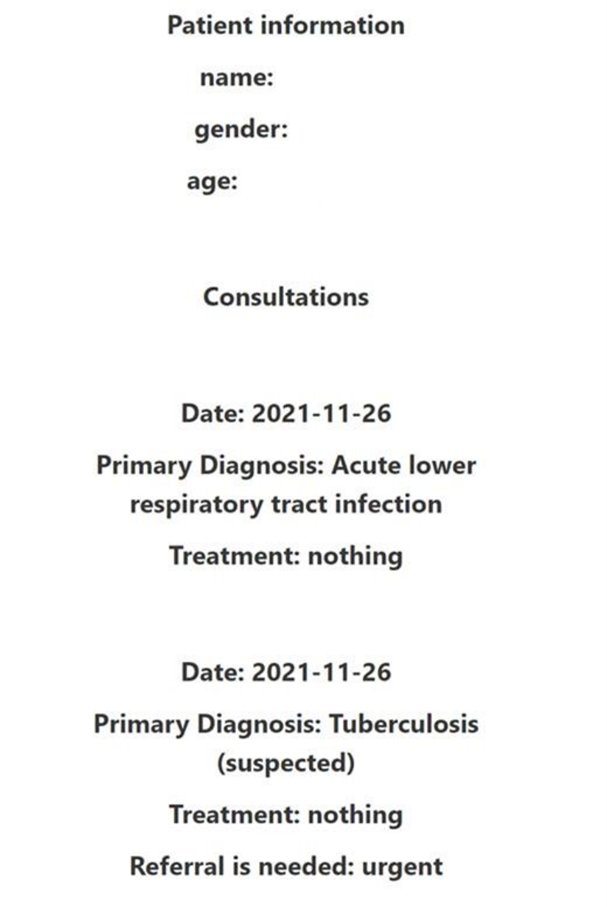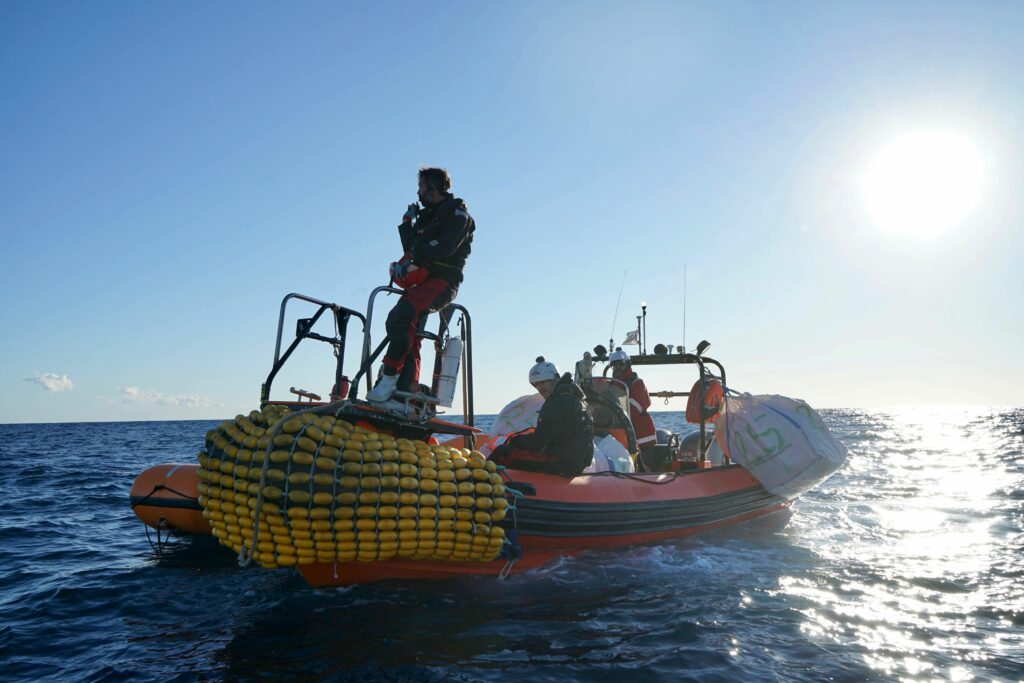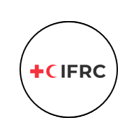En Mar Mediterráneo se considera el world’s deadliest migratory sea route from Northern Africa into Europe, killing a staggering 1448 personas en 2020 solo. El Punto de Servicio Humanitario (PSH) @ Operación marítima apoya y protege las necesidades humanitarias de la población de esta ruta. The Netherlands Red Cross’ Data & Digital initiative 510 supported the operation with data collection and management. For this purpose, Jacopo Margutti (Information Manager at 510) was deployed to Marseille. Here he set up 3 data management systems. “When I first met the rescue team, it was immediately clear to me that data management was a source of frustration: inconsistencies and errors happened and there was pressure from all sides to be accurate. We sit down and together we worked out a simple yet effective solution. I am very happy that this made their very challenging job a bit easier.”, says Margutti. This occurred before the ship left from Marseille on the 4th de noviembre para rescatar a personas en el mar.
The HSP@Sea Operation is implemented in partnership with the NGO SOS Méditerranée and IFRC. The Netherlands Red Cross started in November to support the rescue ship “Ocean Viking”, which patrols the sea between Libia and Sicily, looking for ships in distress and rescuing the people on board. After a series of successful rescues, it disembarks the people in a safe port before going back to Marseille, where it is based. One rotation usually takes 3 weeks. In order to make sure they are safe after disembarking, the Ocean Viking collaborates closely with the Italian Red Cross.
3 Equipos
Las operaciones en el Ocean Viking las llevan a cabo tres equipos:
- El equipo Post-Rescate: El equipo de posrescate está dirigido exclusivamente por la Cruz Roja y se ocupa de los refugiados una vez a bordo. Lo hacen, por ejemplo, distribuyendo alimentos y mantas. También registran a las personas a bordo, las gestionan y se aseguran de que estén informadas
- El equipo de búsqueda y rescate: The Search and Rescue team is ran exclusively by SOS Méditerranée. They use smaller boats in order to transfer people from the ship in distress to the Ocean Viking.
- El equipo médico: The Medical team is ran both by SOS Méditerranée and the Red Cross. They are responsible for the people’s medical needs on the ship.
3 Sistemas digitales
Los sistemas digitales se crearon en función de las necesidades de cada equipo. Los 3 sistemas digitales que se desarrollaron fueron Sistema de registro (para el equipo de Post-Rescate), el Sistema SMS Safe-and-Well (para el equipo de búsqueda y rescate), y el Sistema medial (para el equipo médico). Como los sistemas se utilizarán en el mar, tuvieron que diseñarse para funcionar con un ancho de banda muy bajo.
1. Sistema de registro
The Registration System allows for the Post-Rescue team to have a clear oversight of the people rescued. The registration process takes place offline, using mobile phones. The Post-Rescue team can then use a simple web page to access the data of registered people and send the relevant information – strictly anonymized – to port authorities, when asking to disembark. The website was developed to work with very limited connectivity.

Sistema de registro
2. Sistema SMS Safe-and-Well
El sistema de SMS "sano y salvo" es una forma de garantizar que las personas puedan informar a sus familiares o amigos de que están vivas. Consiste en un mensaje de texto estandarizado que puede enviarse a cualquier número de móvil. Los idiomas en los que actualmente está disponible el mensaje son el inglés, el árabe y el francés; en el futuro habrá más idiomas disponibles.

Mensaje de texto Safe-and-Well
3. Sistema médico
The Medical System manages the information of each patient. Only doctors of the Red Cross and SOS Méditerranée are able to view this system. The system shows, for instance, of the information of each patient and the medical consultations that they went through. Like for the registration system, data is collected via mobile phones, and later displayed in a webpage. A dedicated referral status is assigned to each patient, so that the people who need follow-up procedures after disembarking can be properly helped by the local healthcare providers.

Sistema médico
In addition, a [glossary_exclude]dashboard [/glossary_exclude]for operational managers was also developed by 510’s Heleen Elenbaas to do resource mobilization. This [glossary_exclude]dashboard[/glossary_exclude], that gives the latest data on this operation, can be found aquí.
Próximos pasos
The Ocean Viking is now docked in Trapani (Italy), after successfully rescuing 114 people from stormy seas, among which two newborns, and is expected to set sail again in the upcoming days. The teams on board had the chance to use the data management systems and found them very effective. Francesco Fornari, Post-Rescue Team Leader, said that ‘everything went very well, [the systems were] easy to use and very useful. Thanks a lot, this really improved the quality of our work.’
510 seguirá apoyando la operación HSP@Sea el año que viene, mejorando los sistemas digitales y desarrollando otros nuevos, en función de las necesidades de los equipos a bordo y de las personas rescatadas. Esto mejorará la rapidez y la calidad de las operaciones de rescate, garantizando al mismo tiempo que la información personal de las personas más vulnerables se gestiona de forma segura y responsable.

Una de las embarcaciones que se utilizan para rescatar a las personas y llevarlas al barco principal.
Image source: SOS Méditerranée
